DUNDEE, N.Y. – Hermann Wiemer, a German expatriate, bought an abandoned soybean farm in the hilly Finger Lakes region in 1973 and put his winemaking pedigree to the test.

Winemaker Hermann J. Wiemer on Wednesday at his winery in Dundee. Wiemer's vines grafted by hand to American rootstock, have thrived producing gold medal Rieslings.
The cool climate and gravelly soil reminded him of the Mosel Valley, where his mother’s family has made wine for 300 years and his father led efforts to restock vineyards decimated in World War II. But German folk wisdom steered his improbable attempt to grow classic European vines along Seneca Lake.
Wiemer knew from childhood chores on his mother’s estate that wherever black cherries and peaches flourish – and fruit orchards were abundant here – so too could vinifera varieties like riesling, a versatile grape that has long produced the finest white wines of Germany, Austria and France’s Alsace region.
His vines, grafted by hand to American rootstock, thrived. His first riesling and chardonnay vintages in 1979 won gold in New York competitions. And over the last quarter-century, while turning out some of the nation’s best rieslings, his viticultural know-how has literally rooted the vinifera revolution in New York.
“Mosel and the Rheingau would have to be considered the ultimate for riesling, the greatest rieslings in the world,” said Linda Lawry, director of the International Wine Center in New York City. “And you can favorably compare Finger Lakes rieslings to them.”
At least one Mosel Valley native agrees – when he’s not too busy in his grafting shed.
Wiemer long ago set aside a few of his 60 acres for an experimental nursery: He sells thousands of vinifera cuttings to wineries around the country each year. Most of his riesling customers of late are the scores of boutique wineries that now crowd the quilted slopes above Seneca and nearby Keuka and Cayuga lakes.
Riesling recently overtook chardonnay as the most widely planted vinifera varietal in the Fingerlakes wine country, filling about 500 acres. In all, about 1,500 acres are devoted to vinifera grapes, considered by many to be the world’s finest.
With its well-suited microclimate, one of America’s oldest grape-growing zones is finally finding a prominent spot on the world’s fine-wine map. It helps mightily that riesling, tainted by cloyingly sweet German imports such as Blue Nun in the 1970s and 1980s, is making a full-bodied comeback.
“Our sweetness comes from the grape itself,” Wiemer said during a ramble through his newest 40-acre vineyard on a cold-resistant hillside nook some 500 feet above the lake. “You don’t have this gooey sweetness from putting sugar in.”

Winemaker Hermann J. Wiemer on Wednesday at his winery in Dundee. Wiemer's vines grafted by hand to American rootstock, have thrived producing gold medal Rieslings.
At age 65, Wiemer is as hands-on as ever. The guy whose name is on the bottle still insists on making the wine – ably backed by protege Fred Merwarth, and always with an eye to perfection. He worked another crush of 18-hour days during the fall harvest. Come spring, he’ll be back up on his tractor.
“I enjoy running a piece of machinery all day long. It’s a wonderful feeling, a cheaper therapy,” he said with a mischievous laugh, his wool sweater and jeans splotched with dirt and juice stains.
Wiemer’s contempt for native labrusca and French-American hybrid grapes that for decades branded this region as a producer of one-dimensional wines hasn’t softened. And his marketing remains low-key: He refuses to join Seneca Lake’s wine trail association and permits tour buses strictly by appointment.
But his vinifera exploits have fortified a swelling belief that New York rieslings, grown here, on Long Island and the Hudson Valley, are gaining ground on the best the Old World has to offer.
Dry, semi-dry and late-harvest rieslings have captured New York’s top wine award in six of the last seven years, with Wiemer taking the bow in 2003 and 2006. “I honestly cannot remember the last time that I have tasted a bad Finger Lakes riesling,” said Jim Trezise, president of the New York Wine & Grape Foundation.
The grape elicits a wide array of tastes that vary even within the Finger Lakes from dry and minerally to sumptuously fruity. It also copes well with “climate variability,” said Tim Martinson, an entomologist with Cornell University’s cooperative extension program.
Riesling becomes most widely planted vinifera varietal in area.
“If you have a cooler-than-average season and have to harvest it at lower sugars and higher acids, it still makes beautiful wines here,” Martinson said. “It’s not like some of our reds where if you just don’t get ’em dead ripe, they taste like green bell peppers.”
In California, excess heat proves a drawback. “The rest of America, with isolated exceptions, really hasn’t specialized in riesling and I don’t think the climate in most of the other wine producing states is as perfect or nearly perfect as the Finger Lakes is for riesling,” Lawry said.
Dr. Konstantin Frank, a World War II refugee from Ukraine, ushered in the modern winemaking era in the eastern United States in the 1960s by successfully cultivating vinifera grapes high above Keuka Lake, where winter temperatures sometimes drop to 15 below zero. Wiemer was among the first to follow his example.
 After five years making easy-swilling hybrid wines for Keuka Lake-based Taylor Wine Co., Wiemer acquired a 140-acre farm on a $300-a-month contract.
After five years making easy-swilling hybrid wines for Keuka Lake-based Taylor Wine Co., Wiemer acquired a 140-acre farm on a $300-a-month contract.
“I started with no money but I had a lot of faith in the industry,” he said. “I was tasting Dr. Frank and I said, ‘This man can do it at altitude. How about going to Seneca where you can see peaches and cherries?”‘
The fiordlike lake region contains niches that seem especially impervious to severe cold. A Christmas frost in 1981 devastated most vineyards, including Wiemer’s, but left an old Taylor Wine plot 10 miles away, largely unscathed. When it finally came up for sale in 1999, he snapped it up.
The new vineyard has reinvigorated his hopes of producing a top-quality pinot noir and nurturing unusual varieties such as gruner veltliner, Austria’s most widely planted varietal. For now, though, he’s riding the riesling renaissance.
When I started, vinifera were goir for $600-700 a ton,” he said. “Now we get up to $1,800 a ton for riesling. We’re the highest priced riesling grape in the country.”
Wiemer said he could easily move 70,000 cases a year instead of his average of 15,000 cases. But that’s not his style: “If you want to do a good job, you have your hands full. 1’d rather improve the product.”
Recollections of his youth are colored by “pulling weeds and pruning when my buddies were playing soccer,” Wiemer said. Being an only son of a demanding father who ran the largest commercial vine nursery in Germany ensured he’d learn his trade particularly well, but “the exciting part happened” far from home.
“This was pioneer work,” he said. “We were betting on riesling 30 years ago when nobody wanted it. It took so long to be recognized. The last five, six years, it has become a lot of fun.”
Written by Ben Dobbin, The Associated Press
Printed January 19, 2007 in the following publications: The Boston Globe, International Herald Tribune, China Post, The Post Standard Syracuse, Ithaca Journal, Corning Leader, Newsday.com, NYTimes.com, Fort Wayne News – Sentinel, Finger Lakes Times and the Die Welt.

